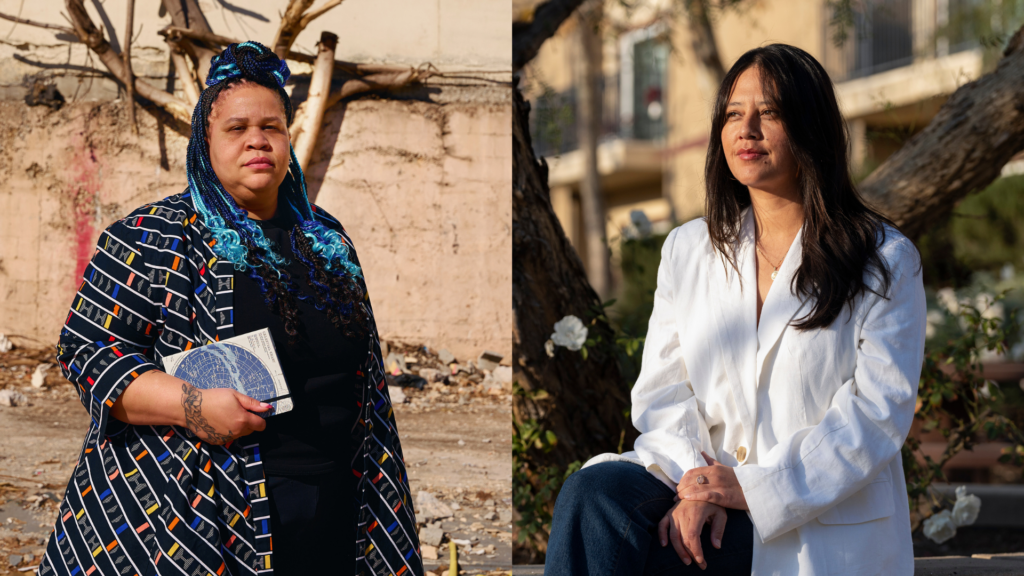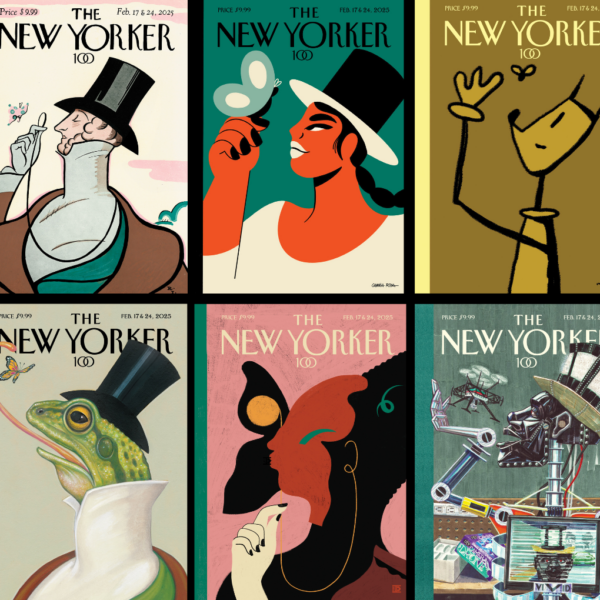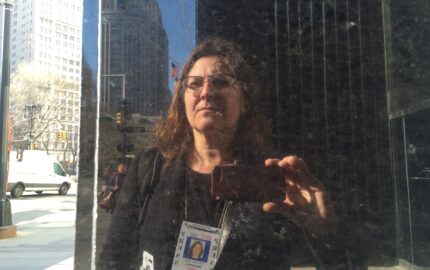Sign up for the Nieman Storyboard newsletter, delivered every Friday in your inbox.
***
Dear Storyboard community,
As the new editor in town, I was thrilled to meet the 2025 Nieman Fellows this week. (Go check out their bios for an excellent reading list.) Their personal stories remind me, once again, that when it comes to doing meaningful work, community is everything. It energizes us, it connects us, it keeps us moving forward.
And so much of that starts with Ann Marie Lipinski, who has just announced she will be stepping down as curator of the Nieman Foundation after an incredible 14-year run. Her leadership, in supporting and mentoring journalists through tectonic changes in the news business, has created a community that's more necessary than ever. Read more about Ann Marie's work here.
No great work happens alone
More evidence of that comes courtesy of The New Yorker's just-published 100th anniversary issue. In addition to featuring stories from Lawrence Wright, Kelefa Sanneh, and our own former Storyboard editor Paige Williams, staff writer Jill Lepore gives us a rare glimpse into the relationship dynamics of the magazine's editors and writers over the years.
Lepore gets access to a treasure trove of letters, telegrams, emails (and it turns out Tina Brown was really into faxes), showing us how they've worked together, butted heads, confided in each other, fought over commas, and openly displayed their worst insecurities. Lepore calls the editor-writer dynamic "as intimate as an affair and as ineffable as a marriage."
That’s not to say that the relationship is symmetrical. It’s not. It’s as lopsided as unrequited love. Writers are dizzy about their editors, as twitchy as teen-agers. I write only for you, [former New Yorker editor William Shawn's] writers used to tell him. “In the wildly unlikely event that this Fragment does not meet your publication needs at this time, I would ask that you dispose of it thoroughly and irremediably—some combination of shredder and flame is usually sufficient,” David Foster Wallace wrote to his editor, Deborah Treisman, in 1999.
Embrace the editing process
It's comforting to learn that some of the greatest writers of our time were just like us — antsy when their editors didn't write back immediately. Perhaps a more practical (and political) lesson from The New Yorker's founder Harold Wallace Ross was that success as a writer also meant a willingness to be edited. Lepore writes: "Ross also found it useful—and this was a pretty clever trick—to tell writers who balked at being edited that the more they argued with an editor, the less worthy they were of being published."
And know when to (respectfully) push back
Lepore notes that some writers, with the benefit of time and clout, were less flexible with The New Yorker's rigorous editing:
"I am willing and eager to consider fairly and respectfully all suggested cuts and changes and omissions you may want to make, but this series is not subject to any editing whatever without my knowledge and consent," [James] Thurber wrote to Shawn, as if filing a legal notice.
Work in The New Yorker has frequently come under Storyboard’s microscope over the years, with David Grann teaching us about the difference between structuring magazine features and books, Rachel Aviv using court records and personal journals to reveal deeper details, and Larissa MacFarquhar revealing The New Yorker's fact-checking process. Read more stories about The New Yorker in our archive.
Subscribe to Storyboard
Get insights into the craft of journalism and storytelling in your inbox, delivered on Fridays.
Links of note

- Congrats to this year's 2025 National Magazine Award finalists! Get the entire reading list here. Winners will be announced April 10.
- Journalists Latria Graham and Zaydee Sanchez have been awarded the 2025 American Mosaic Journalism Prize, awarded annually for "excellence in long-form, narrative, or deep reporting about underrepresented and/or misrepresented groups in the United States." Read Graham's 2024 story for Garden & Gun, "Masters of the Green: The Black Caddies of Augusta National," and Sanchez's 2023 story for Mother Jones and the Economic Hardship Reporting Project, “Pajaro’s quest to rebuild.”
- A story recommended by journalist Barry Yeoman: "When the plane crashed in Washington, D.C., [on Jan. 29,] I immediately thought of Robert Samuels, who has carved out two separate niches in journalism. Robert covers big political issues—he literally wrote the book about George Floyd—but he also loves and occasionally writes about figure skating. This story, about the crash that killed 28 people associated with the sport, is rich and sensitive and was written while he was processing his own grief." Read "Circles of Life" at The Washington Post.
Keep sharing your stories: editor@niemanstoryboard.org
Mark Armstrong
Editor
Nieman Storyboard
On Bluesky: @niemanstoryboard.org



